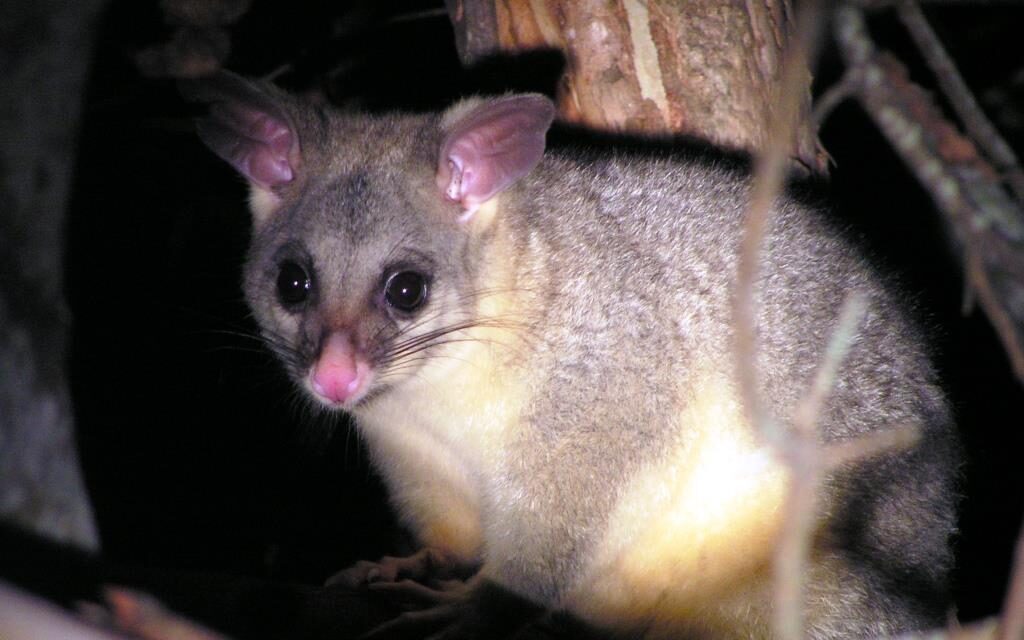Tanya Loos
I recently had the great pleasure of sharing my Living with Wildlife book and perspectives with Natasha Morgan – local landscape architect, gardener, educator and writer! We met for an interview and garden walk over a cuppa at Natasha’s glorious garden at the Little Cottage at the Hill. I love Natasha’s work and encourage you all to check out her website and subscribe.
We have recently had some long-awaited rain (thank goodness!!!), and our gardens and our forests have responded in kind with fresh growth – especially the deciduous fruit trees. Natasha and I follow each other on Instagram and so I was able to see first hand Natasha’s absolute heartbreak when one morning all the new leaves and buds on her fruit trees had been devoured! And to add insult to injury – the possums had eaten the bark right down to the cambium.
I have a whole section in my book on ‘Possums eating garden plants’, where I cover all sorts of tips and tricks – some successful, some not so much. But what I hadn’t covered was how drought might make possum damage – or any herbivore damage – that much worse. And how maybe, just maybe, in times of drought it is worth sacrificing a successful fruit tree season for these little guys. I have a three step approach.
Understanding
Although relatively common in towns and suburbs, Brush-tailed possums are increasingly rare in their traditional forest and woodland habitats. Similarly, while the smaller Ringtails are common now they are very vulnerable to extreme heat and ongoing cat attack and car strike. As readers would know, we have had some of the lowest rainfall on record for some of Western Victoria – so all of our wildlife is very hungry indeed. Also, if possums are relying on deciduous trees rather than native food sources that are available year round they are particularly hungry at this time of year.
Acceptance
Give your fruit trees extra love and attention this year and pretty much just buy fruit elsewhere until conditions improve! Harsh but true! If you must net the tree use Wildlife friendly netting- this is particularly important for Grey-headed Flying foxes who are also doing it very tough.
Design
If you are designing a garden, or extending your own, plant fruit trees away from fence lines. Fence lines make it easy for possums to access fresh leaves, flowers and fruit. If possible, prune branches at least 1.5 away from fence lines and other regular possum highways, and make sure fruit trees are planted at least this distance apart.
Taste based possum repellents have been tested and do not really work. The smell based ones are a bit more successful but have to be continually reapplied – and success seems to vary widely among different possum populations.
The best option for you and your backyard possums is total exclusion- a 100% covered netted garden over a mini fruit orchard. This allows pollinators is in but keeps possums out. Then have native plantings of their favourite food outside of the mini orchard. You could also try a floppy fence, or a fence with clear slippery polycarbonate top.
For more information, I quite like this fact sheet from the SA government –https://cdn.environment.sa.gov.au/landscape/docs/hf/sharing-garden-with-possums.pdf
Or buy my book! https://tanyaloos.com/living-with-wildlife/
Tanya Loos is a local naturalist, author and environmental consultant who loves to work in the environmental not-for-profit sector. She is the author of “Daylesford Nature Diary” available from her website or from Paradise Books in Vincent Street, Daylesford.
Have you got any nature questions for Tanya? Send them in!





